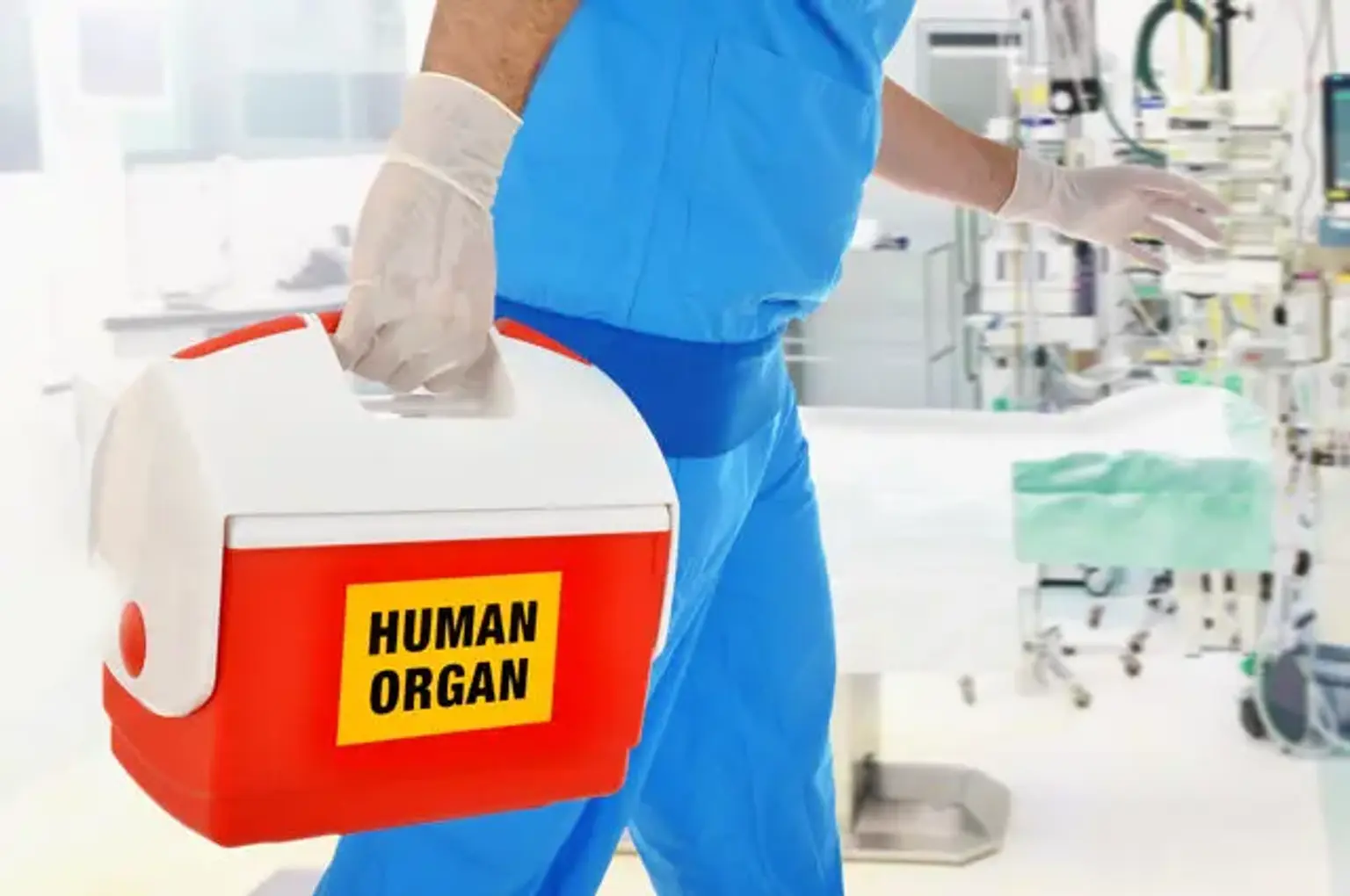Overview
Transplantology can as well mean organ transplants and Transplantology abroad program. Therefore, involves a medical procedure that aims at the removal of a structure from the body and replacing it with another organ from the donor. The main objective of an organ transplant is to restore a damaged or a dead organ.
The organs that are normally transplanted are the kidneys, heart, liver, pancreas, lungs, and intestine. Tissues such as the tendons, bones, skin, nerves, veins, heart valves, and cornea can also be transplanted.
